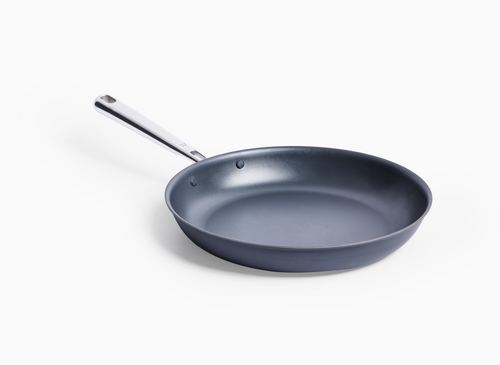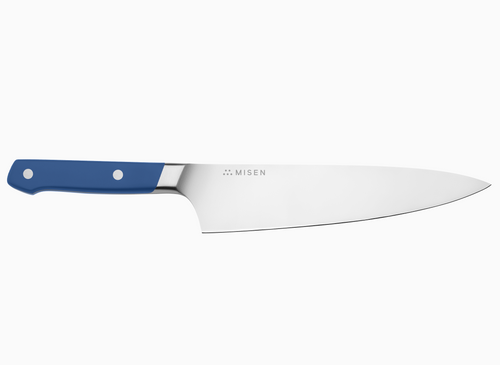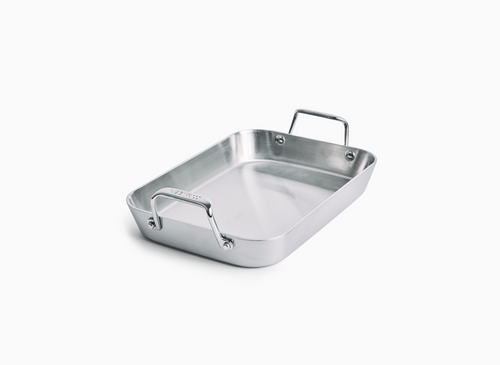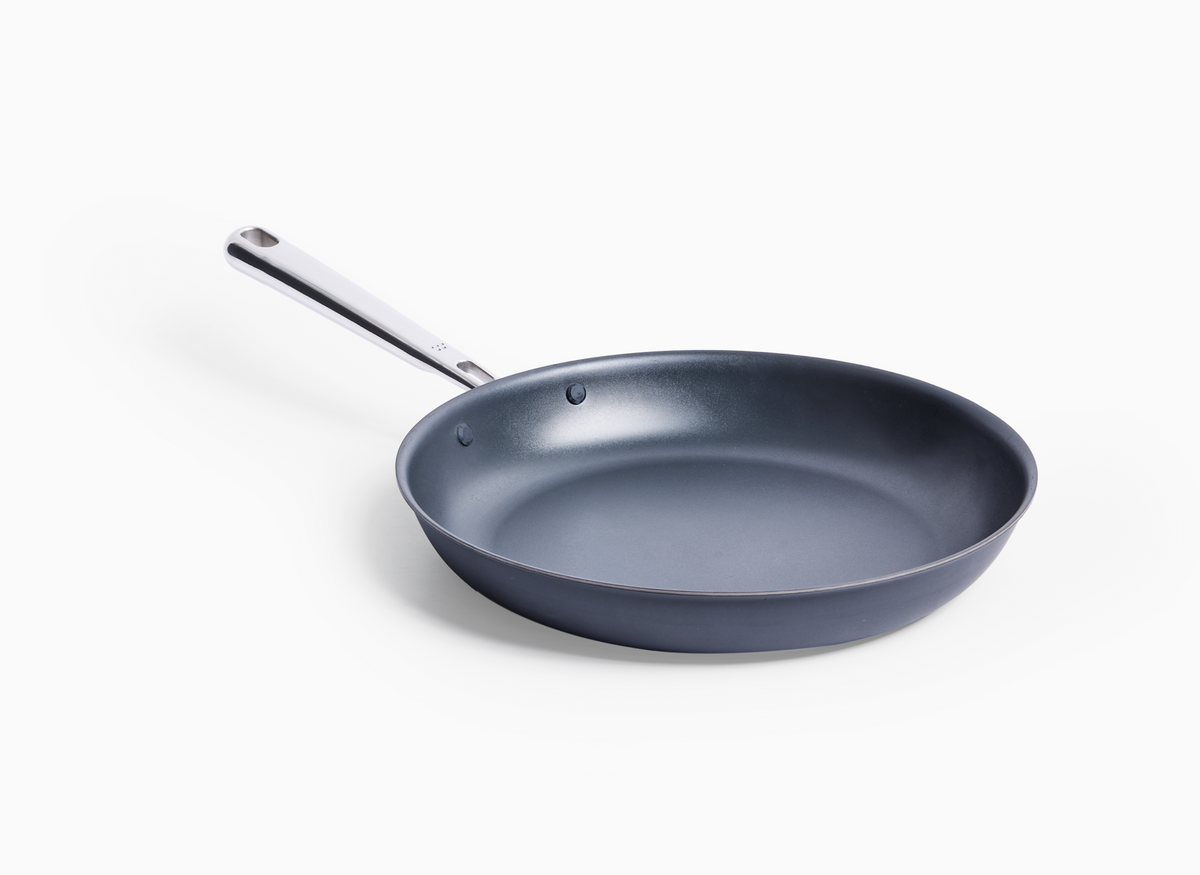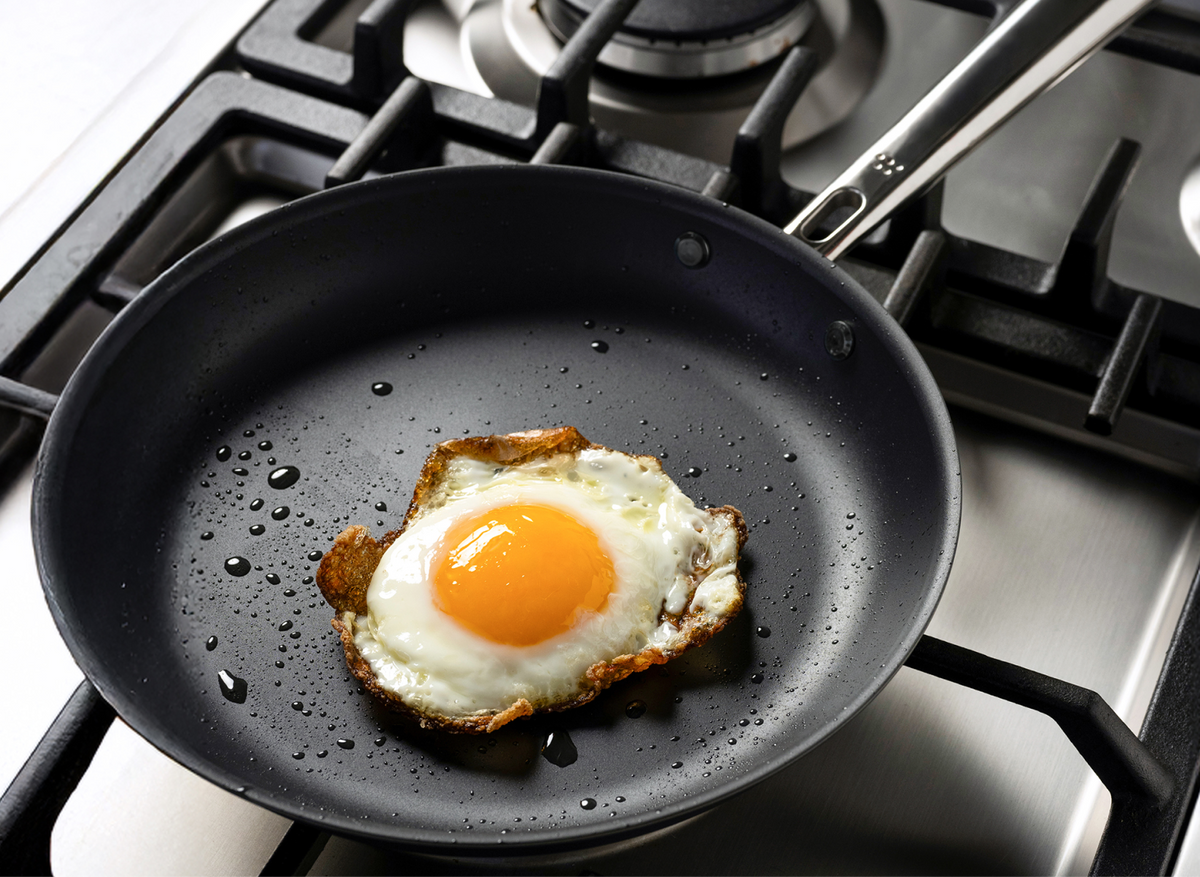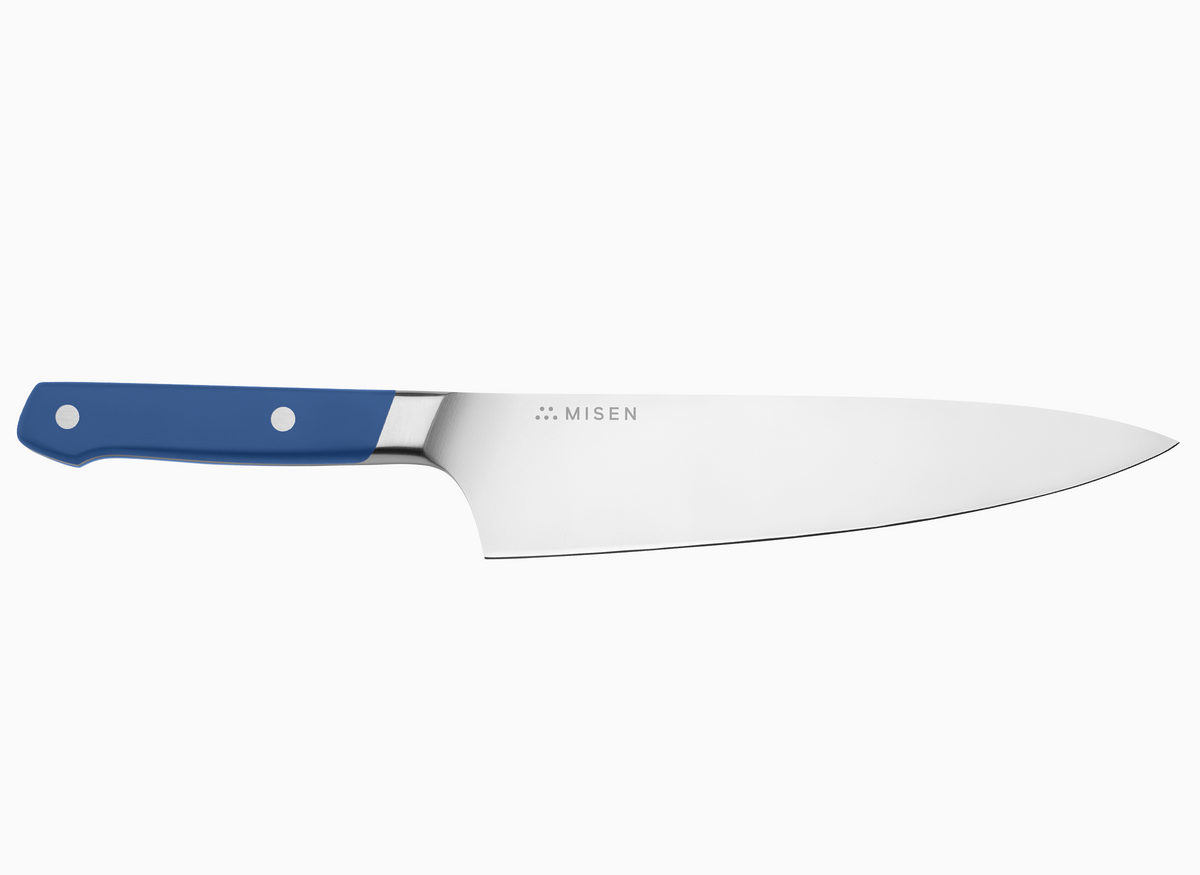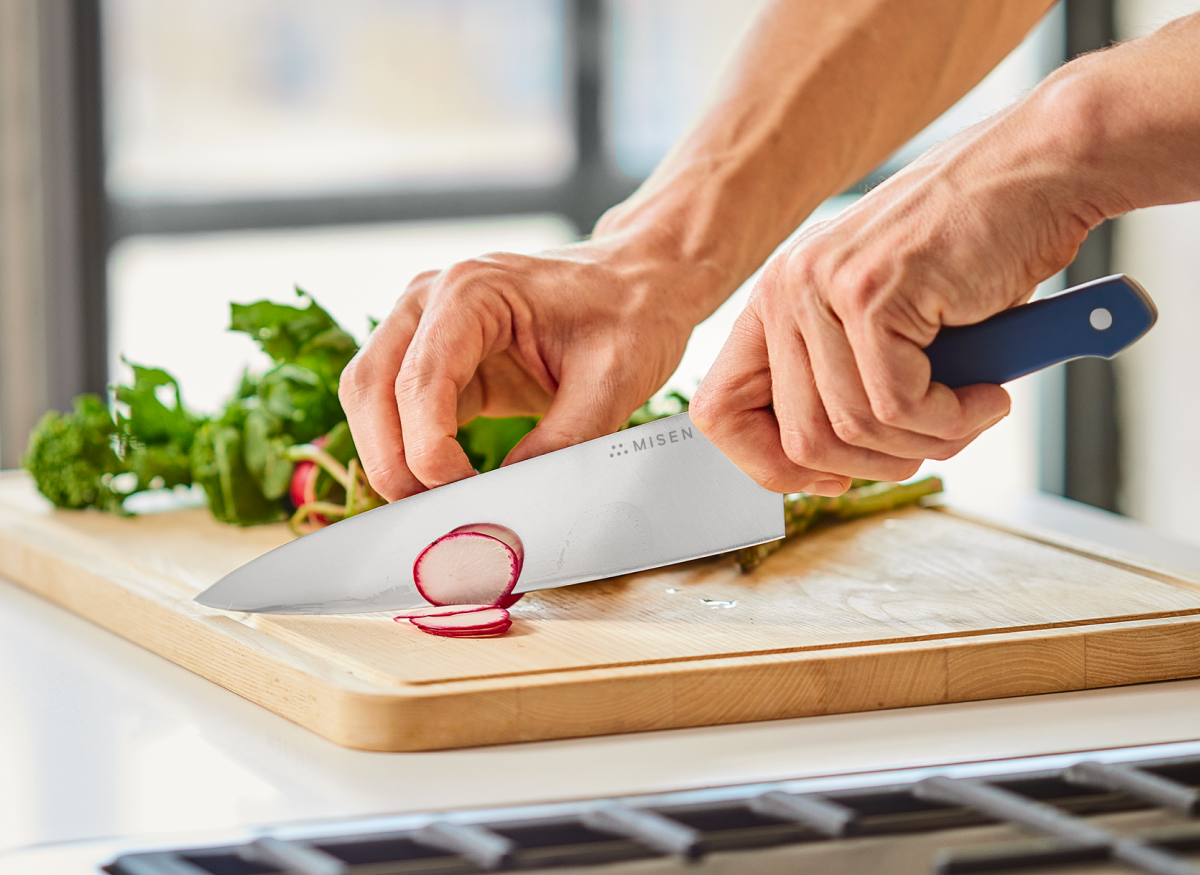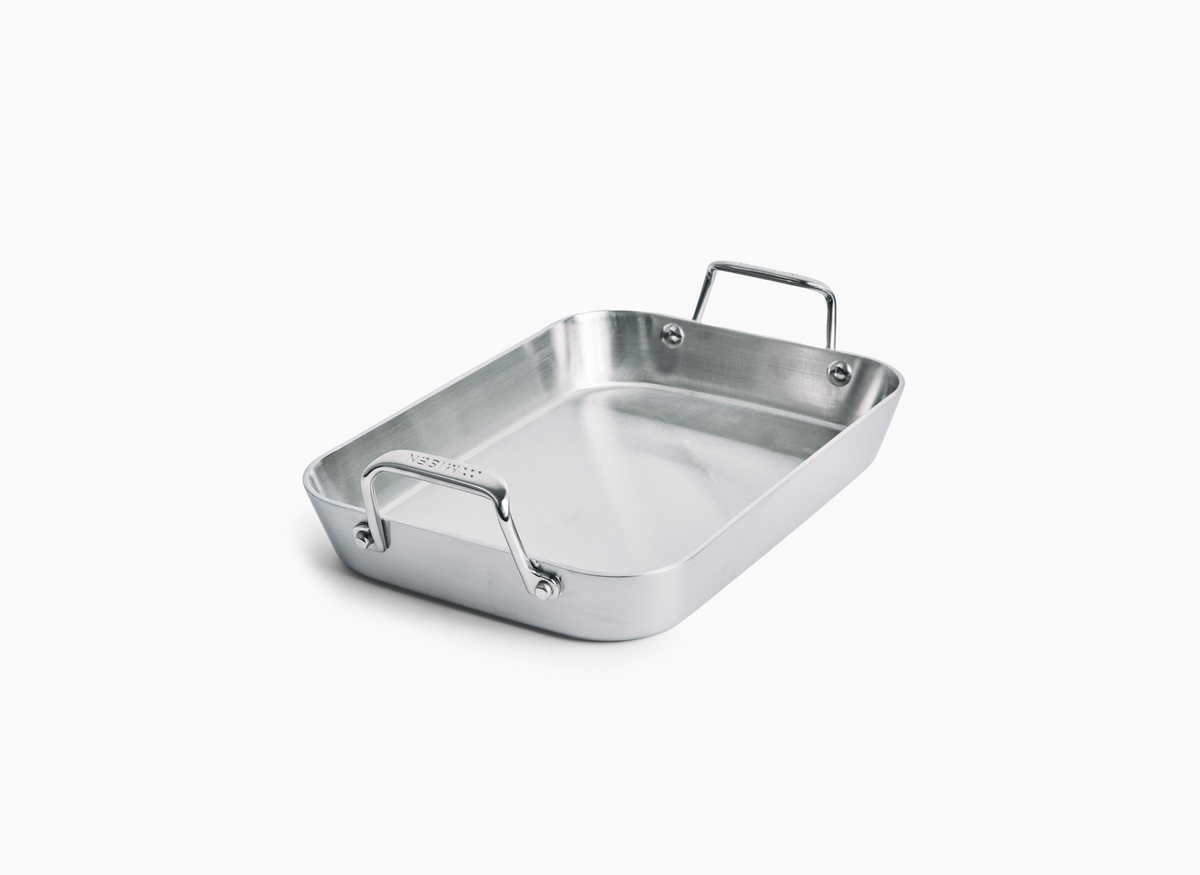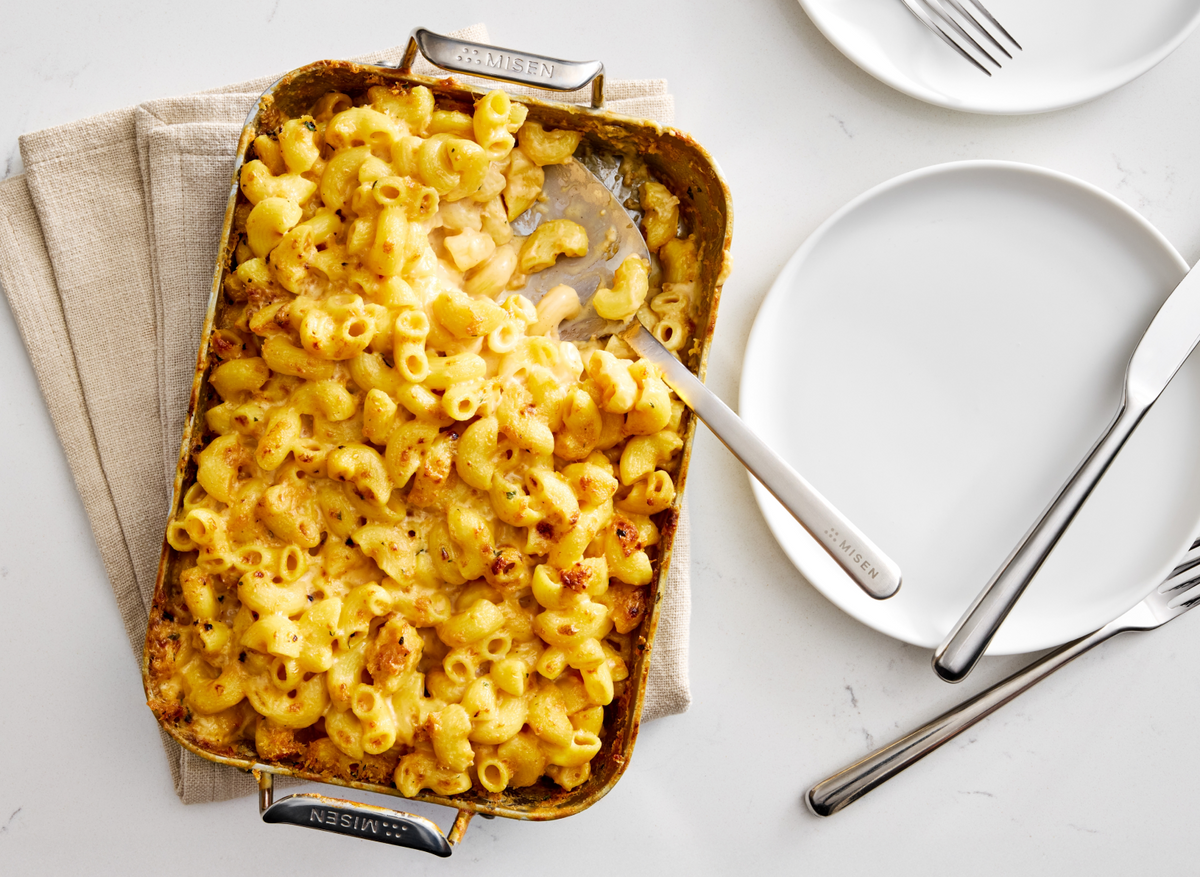Bread Knife: Master the Art of Perfect Slicing with Precision and Ease

Bread Knife: Master the Art of Perfect Slicing with Precision and Ease
Choosing the Ideal Bread Knife
Wide, pointed serrations with 7mm spacing create the perfect balance for slicing through crusty artisan breads without crushing soft interiors.
Blade length and material considerations
Blade length makes all the difference when you're slicing through crusty loaves. You'll want at least 8 inches to handle most breads comfortably, with 9 to 10 inches giving you the coverage to tackle even the widest artisanal boules without getting stuck halfway through [1]. If you primarily bake sourdough or other hearty breads, an 8 to 9-inch blade hits that sweet spot for clean, controlled cuts [2]. Beyond length, the blade material affects how long your knife stays sharp. High-carbon stainless steel resists corrosion while holding its edge impressively well - expect several months of reliable performance before needing maintenance [2]. Some premium blades incorporate vanadium-rich alloys that form hard carbides, keeping the edge sharp even longer through regular use [2].
Serration patterns and their impact on slicing
The shape and spacing of serrations determine how effortlessly your knife glides through different breads. For crusty artisan loaves, look for wide, pointed serrations that bite into tough exteriors without crushing the soft interior. Softer breads and delicate pastries benefit from scalloped edges with smaller, more numerous serrations that create gentler cuts [5]. Pay attention to spacing too - wider gaps between serrations help prevent sticky ingredients from getting caught in the blade [5]. The most effective design uses a wave-like pattern with consistent 7mm spacing, which lets you slice smoothly without that back-and-forth sawing that tears up your bread [4]. Deeper serrations mean less pressure needed from you, though they might leave slightly more visible marks on very soft loaves [5]. The blade's asymmetrical design - flat on one side, serrated on the other - helps guide straight cuts while the teeth do the work [5].
Handle ergonomics and grip comfort
Your knife handle matters just as much as the blade when you're slicing through loaf after loaf. Look for ergonomic designs that fit naturally in your hand with materials that won't slip when wet - textured surfaces give you that extra control you need [6]. Consider a serrated knife with full tang construction for perfect balance, so your wrist won't tire even during marathon baking sessions. Make sure there's enough clearance between the handle and cutting board to protect your knuckles, and that the grip feels like a natural extension of your hand [6]. Small details make a big difference - a tapered bolster helps you maintain a firm grip, while a subtle finger indent on top guides your index finger into the ideal position for controlled cuts [7]. Choose handles with anti-bacterial properties to keep things hygienic, especially important when you're switching between different types of bread [7].
Techniques for Precision Bread Slicing
Let the serrated edge do the work through gentle sawing motions at a 45-degree angle, preserving your bread's airy interior structure.
Proper knife positioning and angle
Start with a secure, comfortable grip - wrap your dominant hand around the handle with your thumb and forefinger pinching either side of the blade near the handle. This gives you the control you need for precise cuts. Position your knife at a 45-degree angle to the bread's surface, which helps the serrations grip and slice effectively [8]. Your other hand plays an important supporting role - curl your fingers into a claw shape on top of the bread, keeping them at least 2 inches from the blade for safety.
Here's the key to success: let your bread knife do the heavy lifting. Rather than pushing down hard (which just squashes your beautiful loaf), use smooth, gentle sawing motions. Draw the blade from heel to tip, using its full length for maximum efficiency [8]. When tackling crusty artisan breads, start with a light scoring motion to create a guide groove - this prevents the knife from sliding and helps you maintain control [9].
Sawing motion vs. pressing: Finding the right balance
Finding the sweet spot between sawing and pressing makes all the difference in your slicing results. Think of it this way: your serrated blade is designed to cut through bread with minimal effort from you. Those sharp teeth grab and slice when you use gentle back-and-forth movements, preserving your bread's airy interior [10].
The technique varies by bread type. For crusty sourdoughs and artisan loaves, use controlled sawing with barely any downward force - the serrations will work their way through that tough exterior without compressing the soft crumb inside. Soft sandwich breads call for a different approach: minimize the sawing motion and let the knife's weight guide it down, allowing the scalloped edges to glide through cleanly [10]. Whatever you're slicing, maintain smooth, steady strokes with consistent pressure along the blade's entire length [11].
Adapting technique for different bread types
Every bread has its own personality, and your slicing technique should match. With pillowy sandwich loaves and tender challah, think "feather touch" - use just enough pressure to guide the knife while letting gravity and those sharp serrations do the real work. This preserves the delicate, airy structure you love [12].
Crusty artisan breads demand a bit more strategy. Create a shallow guide groove first (as mentioned earlier), then work through the crust with patient, controlled sawing motions. The goal is breaking through that crispy exterior without squashing the tender crumb beneath [13].
Your grip pressure should match the bread's density - think gentle for brioche, moderate for whole wheat, and slightly firmer for dense sourdoughs. Want perfectly even slices every time? Develop a steady rhythm and let your knife angle follow the loaf's natural curve. With practice, you'll find yourself adapting instinctively to each bread's unique texture [13].
Maintaining Your Bread Knife for Optimal Performance
Hand wash your serrated knife immediately after use and store on a magnetic rack for optimal longevity and performance.
Cleaning and storage best practices
Proper cleaning starts with hand washing your bread knife using hot water and dish soap immediately after use - never put it in the dishwasher as harsh detergents and high temperatures can damage both blade and handle [14]. After washing, thoroughly dry the knife with a soft cloth to prevent moisture-related corrosion, then apply a thin layer of mineral oil or neutral cooking oil like vegetable or canola oil to protect the blade [14]. For storage, avoid leaving knives near moisture-rich areas like sinks or loose in drawers where they can get damaged. Instead, use a wooden knife block that absorbs residual moisture, or better yet, a magnetic knife rack that provides proper airflow around the blade to minimize corrosion risk [14]. The magnetic rack also keeps knives safely away from small hands while maintaining easy access for cooking [14]. When traveling with your bread knife, use a leather sheath, knife roll, or even the original box to protect both the blade and your hands [14].
Sharpening serrated edges: Tools and methods
Serrated knives dull more slowly than straight-edge blades since their pointed teeth do most of the work with less friction against cutting surfaces [15]. While specialized serrated sharpeners exist, they often disappoint in performance tests. Instead, two effective options have emerged: the Chef'sChoice Trizor XV electric sharpener uses flexible stropping disks that reach into serration valleys, while manual diamond hones like the Chef'sChoice Pronto Model 463 allow the blade to ride along serrations for comprehensive edge maintenance [15]. For a manual approach, use fine and extra-fine diamond rods to maintain serrations with light, frequent touch-ups rather than attempting major edge restoration [16]. When sharpening, focus on reaching the valleys between serrations, as they comprise most of the cutting edge [15]. Some experts recommend sharpening from the flat back side at a slight 3-5 degree angle until achieving a small burr, then carefully deburring inside the scallops using a fine rod or stone corner [16]. This method produces extremely sharp serrations while preserving their pointed profile [16].
Signs it's time to replace your bread knife
Watch for key indicators that signal it's time to replace rather than sharpen your bread knife. When multiple serrations show visible chips, breaks, or significant flattening of the pointed edges, the blade's effectiveness is compromised [17]. A knife that requires excessive force to cut through bread crusts or tomato skins, crushing the interior instead of slicing cleanly, has lost its functional edge [17]. While professional sharpening can restore some blades, replacement becomes more practical when several serrations are damaged beyond repair or repeated sharpening has altered the blade's shape [17]. Consider the cost comparison - professional sharpening services often cost more than purchasing a new quality serrated knife [18]. Most importantly, continuing to use a severely worn knife creates safety risks and makes basic cutting tasks unnecessarily difficult [18].
Bread Knife: Master the Art of Perfect Slicing with Precision and Ease
Try the herringbone technique - slice at a diagonal to create longer, more consistent pieces that maintain their shape perfectly.
Achieving consistent slice thickness
Achieving consistent slice thickness starts with proper setup and technique. As covered in our knife positioning guide, the 45-degree angle approach provides optimal control. For perfectly uniform slices, try the herringbone technique - slice at a diagonal instead of straight across to create longer, more consistent pieces that maintain their shape. This works especially well with artisan loaves where standard cuts can vary in size. When tackling round boules, simplify the process by cutting the loaf in half first, then quartering one half. Slice these manageable sections into even portions - adjacent pieces will match perfectly for sandwiches. A quality serrated knife like our 10-inch model provides the length needed to maintain consistent cuts through wide loaves.
Minimizing crumb scatter and bread compression
Minimize crumb scatter with these practical techniques. Flip crusty breads upside-down before slicing - the firmer bottom crust provides better stability and reduces crumbling. For easy cleanup, position a cooling rack over your sink while cutting, letting crumbs fall directly into the drain. A slightly damp knife blade can also help reduce scatter on crusty loaves. For the ultimate mess-free solution, try slicing inside a large transparent plastic bag that contains both bread and cutting board. Remember the sawing technique discussed earlier - let the serrated edge work through the crust with minimal downward force to prevent compression and excess crumbs.
Tackling challenging bread varieties with confidence
Different bread varieties demand specific approaches for best results. Turn crusty artisan loaves on their side to reduce sawing distance and tackle both crusts simultaneously - this technique preserves the delicate crumb structure. For soft, delicate breads, adapt the techniques from our bread type guide with extra-gentle handling. When facing particularly challenging loaves, score light guidelines first, then follow with controlled sawing motions. This two-step approach ensures straight cuts without crushing the interior. Always secure your cutting board with a damp towel underneath to prevent dangerous slipping - stability is crucial when working with firm, crusty breads that require more control.
Beyond Bread: Versatile Uses for Your Serrated Knife
A bread knife's serrated edge excels at slicing delicate produce like tomatoes and peaches without crushing their soft interiors.
Slicing delicate fruits and vegetables
A bread knife's serrated edge excels at slicing delicate produce without crushing or tearing. The jagged teeth easily pierce through tough skins while preserving soft interiors, making it ideal for tomatoes, peaches, plums and citrus fruits. For tomatoes specifically, the serrated edge cleanly cuts through the skin without compressing the flesh - a task that often proves challenging with straight-edge knives. The knife's ability to grip and slice through fibrous materials also makes it effective for preparing pineapples and tough-skinned melons. When cutting soft fruits, use minimal downward pressure and let the serrated edge do the work through a gentle sawing motion. For larger produce like watermelons or squash, utilize the full length of a longer serrated blade to smoothly penetrate and slice through thick rinds.
Carving roasts and poultry with ease
While bread knives aren't typically designed for carving meats, their serrated edge can handle specific tasks surprisingly well. The long blade excels at portioning roasted vegetables, slicing through crispy-skinned fish, and cutting cooked poultry when a carving knife isn't available. For tender braised meats that need to be portioned, the serrated edge can cleanly separate portions without shredding the meat fibers. The key is using the same gentle sawing technique you'd use for bread - let the serrations do the work rather than applying excessive pressure. This versatility makes your bread knife a valuable backup tool for various kitchen tasks beyond its primary purpose.
Unexpected tasks where a bread knife excels
A bread knife's versatility extends well beyond its namesake task. The serrated edge excels at crushing and peeling garlic - line up multiple cloves and use the blade's length to efficiently remove skins with gentle pressure. The knife's design also makes it ideal for breaking up blocks of baking chocolate, which tend to snap unpredictably under straight-edged blades. Its serrations create controlled splits perfect for portioning chocolate for melting or mixing into batters. For dough work, the thin blade proves invaluable during the baking process itself - bakers can use it to separate and score raw dough before it enters the oven, ensuring proper rise and texture. The bread knife's ability to slice without downward pressure makes it equally effective on both delicate items and firm, brittle ingredients, while its length allows for complete cuts through large items in a single pass. With a quality serrated knife in your collection, you'll discover countless ways it simplifies everyday kitchen tasks.
- Choose a bread knife with at least 8 inches of blade length and wide, pointed serrations spaced 7mm apart for optimal performance on crusty breads
- Position the knife at a 45-degree angle and use gentle sawing motions, letting the serrations do the work without applying excessive downward pressure
- Hand wash and thoroughly dry your bread knife immediately after use, storing it on a magnetic rack to prevent corrosion and maintain edge sharpness
- Adapt your slicing technique to bread type - use feather-light touch for soft loaves and controlled sawing for crusty artisan breads
- Replace your bread knife when multiple serrations show chips or breaks, as professional sharpening often costs more than a new quality knife
- Utilize your bread knife beyond bread for slicing tomatoes, tough-skinned fruits, and even breaking up chocolate blocks
- Minimize crumb scatter by turning crusty loaves upside-down and using a slightly damp blade when slicing
- https://misen.com/blogs/news/the-ultimate-guide-to-bread-knives
- https://www.theperfectloaf.com/the-best-bread-knife-for-sourdough/
- https://misen.com/blogs/news/bread-knife-master-the-art-of-perfect-slicing-with-precision-and-ease
- https://www.steelportknife.com/blogs/our-process/the-science-of-serration-technical-considerations-for-making-the-best-bread-knife
- https://misen.com/blogs/news/serrated-knife-discover-cutting-edge-design-for-ultra-precise-slicing
- https://misen.com/blogs/news/bread-knife-master-the-art-of-perfect-slicing-with-precision-and-ease
- https://zyliss.com/products/zyliss-comfort-pro-bread-knife-20cm
- https://www.yousunlong.com/16445/
- https://en.tyrolitlife.com/guide/knife-guide/bread-knife-all-information/
- https://misen.com/blogs/news/bread-knife-master-the-art-of-perfect-slicing-with-precision-and-ease
- https://www.yousunlong.com/16445/
- https://americasbreadslicer.com/blog/mastering-the-perfect-cut-for-every-bread-type/
- https://breadartist.com/mastering-bread-slicing-keep-your-loaves-fluffy/
- https://www.koiknives.com/blogs/japanese-pankiri-know-how/how-to-maintain-a-bread-knife-for-best-shelf-life
- https://www.americastestkitchen.com/articles/3321-the-best-way-to-sharpen-a-serrated-knife
- https://www.reddit.com/r/sharpening/comments/1drsprg/best_tools_for_serrated_sharpening/
- https://misen.com/blogs/news/understanding-serrated-knives-from-bread-to-beyond
- https://sharper-tools.com/when-your-serrated-knife-just-needs-to-be-retired/
- https://thebrotbox.com/blogs/news/how-to-slice-crusty-breads
- https://www.sourdoughhome.com/how-to-slice-bread/
- https://lifehacks.stackexchange.com/questions/15965/how-to-avoid-crumbs-when-cutting-a-crispy-bread
- https://food52.com/story/20373-a-better-way-to-slice-bread
- https://thebrotbox.com/blogs/news/how-to-slice-crusty-breads
- https://sharpedgeshop.com/blogs/knife-types/the-essential-uses-of-a-serrated-knife-a-complete-guide
- https://misen.com/blogs/news/understanding-serrated-knives-from-bread-to-beyond
- https://misen.com/blogs/news/bread-knife-master-the-art-of-perfect-slicing-with-precision-and-ease
- https://misen.com/blogs/news/understanding-serrated-knives-from-bread-to-beyond
- https://www.foodrepublic.com/1716825/bread-knife-uses/
- https://fnsharp.com/blogs/fns/bread-knife-uses
- https://leeknives.com/bread-knife-guide/
